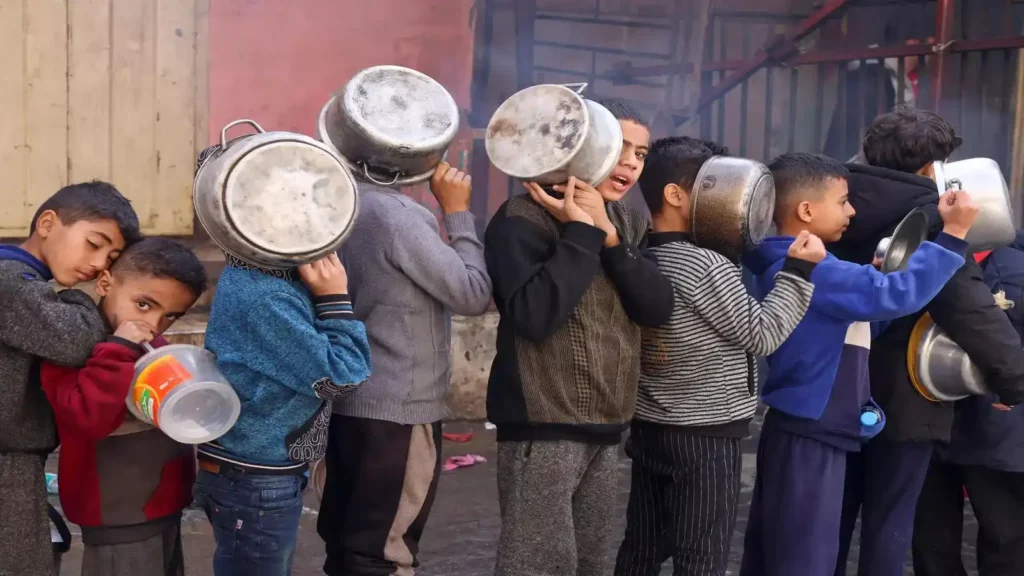India and Pakistan Agree to 2025 Ceasefire Deal
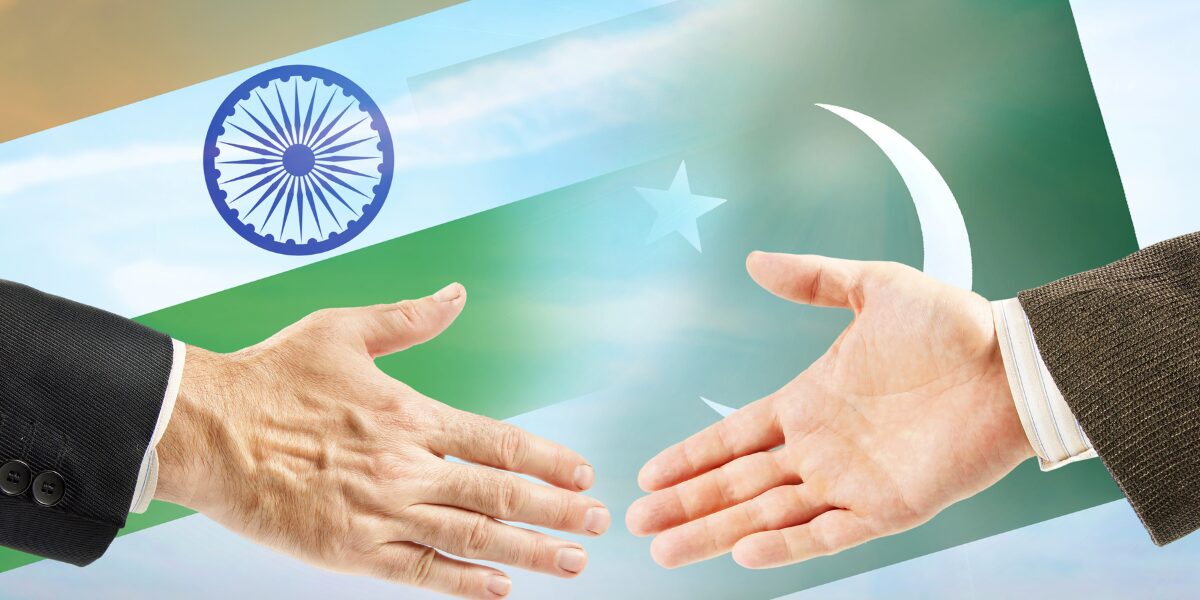
India and Pakistan have reached a comprehensive truce and a complete ceasefire following an escalation of hostilities that had brought the two nations to the brink of nuclear war. The deal, brokered by the United States, was announced today after a series of military strikes and retaliations that heightened regional tensions.
Origin of the Conflict The Pahalgam Attack
The latest standoff started on Apr 22, 2025, after a deadly terror attack in Pahalgam, Indian-occupied Kashmir. It led to the death of 26 tourists, of whom 25 were Indians and one Nepali. After the attack, the Indian authorities immediately blamed The Resistance Front (TRF), a group that they accuse of being fuelled by their neighbours across the border in Pakistan. But Pakistan continued to deny the allegations, calling them baseless and politically motivated.
Operation Sindoor India’s Tactical Response
In the night hours of May 7, 2025, India embarked on Operation Sindoor in retaliation for what Indian officials called “an act of cross-border terrorism”. Eight centres in Pakistan and Pakistan-administered Kashmir, such as Bahawalpur, Muridke, and Muzaffarabad, were the target of unauthorised military intervention. India alleged these sites were being used as terrorist hubs linked to the Pahalgam attackers.
The operation involved the Indian Air Force’s Rafale fighter jets, which in turn released the SCALP cruise missile and AASM Hammer precision-guided bomb. The whole offensive took 23 minutes but had lasting effects.
Furthermore, the Pakistan Air Force (PAF) shot down five fighter jets from the Indian Air Force (IAF), three of which were Rafale jets from France. This is particularly important given that this is the first time that the Rafale aircraft, a high-tech French-built warplane, has suffered a confirmed combat loss.
According to the Indian defence minister, Rajnath Singh, more than 100 militants were killed. Nevertheless, Pakistani officials showed a different picture of things by reporting that they had lost at least 31 civilians, including women and children.
Local mosques and residential neighbourhoods in Muzaffarabad and Bahawalpur were severely hit. Following the incident, there were public protests in cities like Lahore and Islamabad. Read the full report here.

Operation Bunyan-al-Marsoos Pakistan’s Retaliation
In response to the Indian attack, Pakistan launched Operation Bunyan-al-Marsoos on May 10 in full daylight to demonstrate its transparency. The operation targeted military assets owned by Indians, storage facilities for missiles, and air bases at Beas, Pathankot, and Udhampur.
According to Pakistan’s defence ministry spokesman, the strikes were “measured, limited, and precise,” and no civilians were injured. Pakistan’s air force managed to hit its targets successfully using satellite-guided bombs and live drone monitoring.
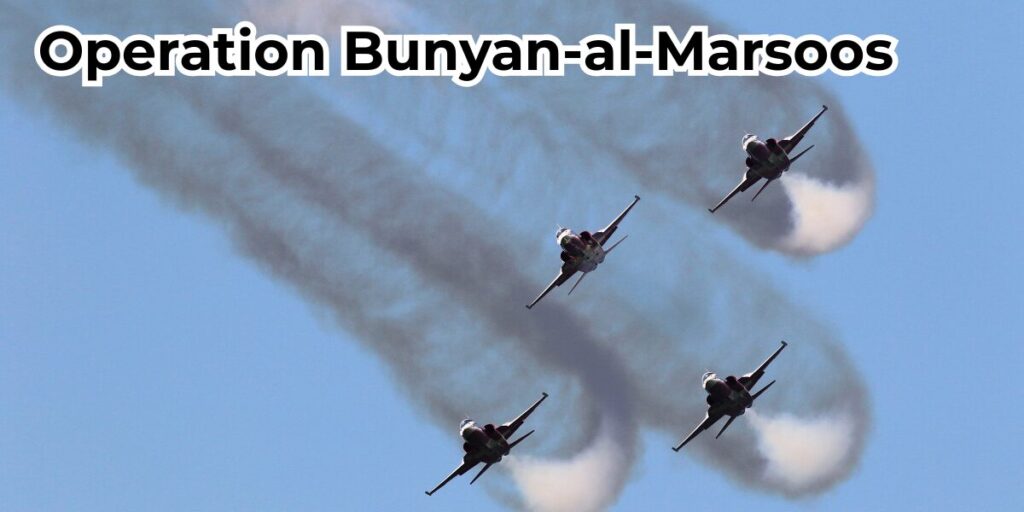
Three Brave Heroes
Three Pakistani aviators, who reportedly signed symbolic “death warrants” before embarking on a near-suicidal mission, returned safely with full zeal and zest. Defying all odds, their successful comeback was met with widespread admiration and celebration. Military leaders praised their extraordinary courage, while civilians across the country hailed them as heroes. Their mission, once thought to be a one-way journey, turned into a powerful display of skill, bravery, and determination. Their return not only boosted national morale but also established them as enduring symbols of valor and resilience.
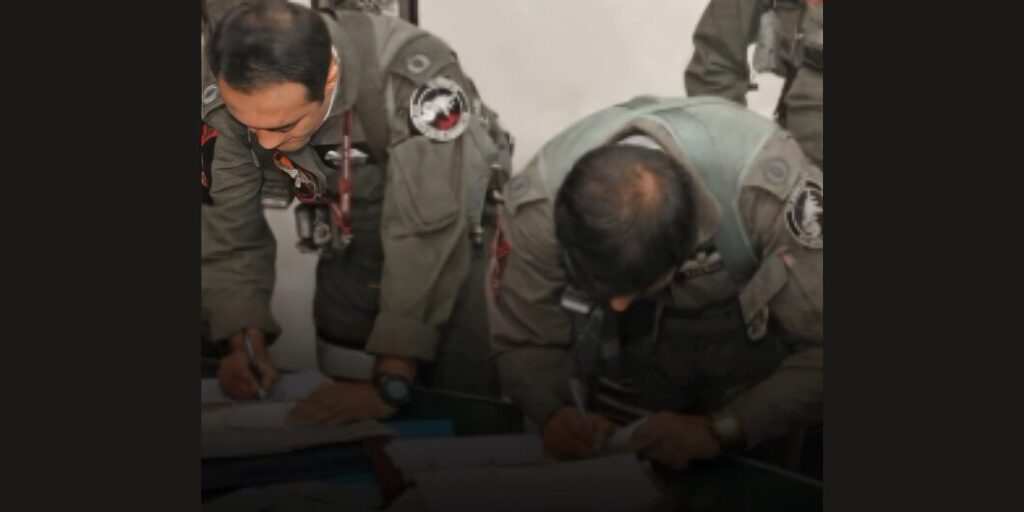
Tribute to Group Captain Kamran Bashir
Group Captain Kamran Bashir, a Christian (Masih) and the proud son of the late Madam Shahnaz, who served as a staff nurse, stands as a symbol of bravery and patriotism. Honoured as the hero who destroyed the Rajouri Air Base Camp in India, his courage is a testament to the strength and unity of Pakistan. In times of adversity, citizens from every religion, race, and sect have come together, standing united as Pakistanis to overcome challenges and uphold their national identity. His story highlights the resilience and commitment of Pakistan’s diverse population.

International Mediation and Ceasefire
As things got worse, people from around the world asked for peace. António Guterres, the UN Secretary-General, told both groups to “prioritise dialogue over destruction.” The European Union was worried about “the potential for escalation between two nuclear states”. At the same time, China, which has much at stake in the region, called for “mutual respect for sovereignty and peaceful engagement”.
However, the United States led the way in making peace. A senior peace envoy, former U.S. President Donald J. Trump, tweeted:
“After a long night of talks mediated by the United States, I am pleased to announce that India and Pakistan have agreed to a FULL AND IMMEDIATE CEASEFIRE. Congratulations to both countries on using common sense and great intelligence.”
Indian Foreign Secretary Vikram Misri and Pakistani Foreign Minister Ishaq Dar announced a ceasefire on May 10 at 5:00 PM IST (4:30 PM PKT). Both leaders reiterated that all military activities on land, sea, and air would be stopped for good.
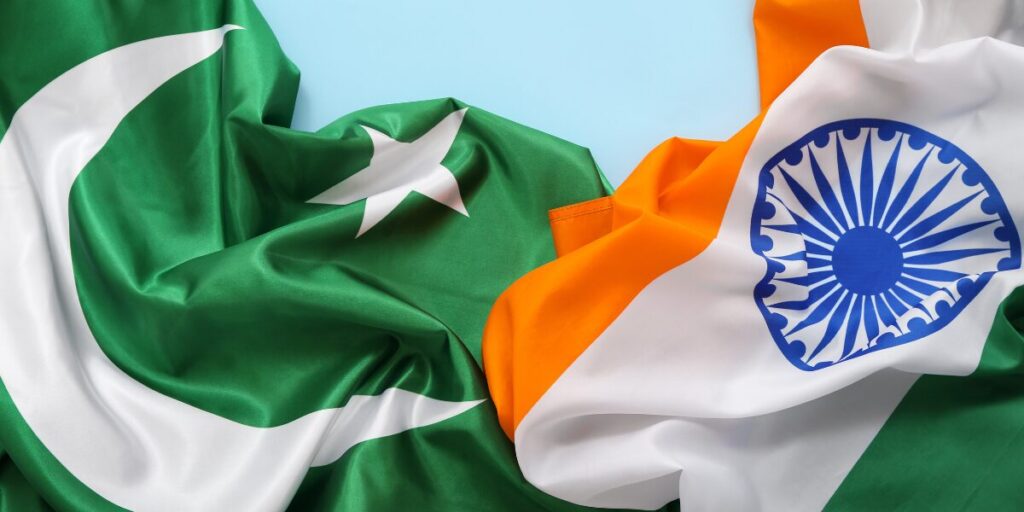
Impact on Civilians
People were significantly affected by the military activities, which didn’t last long but will be remembered for a long time, especially in the Pakistani cities of Bahawalpur and Muzaffarabad, where innocent people died and property was permanently damaged. International media showed videos of families mourning the deaths of their loved ones, and NGOs and the Red Crescent Society providing immediate aid.
Areas in India near the border with Pakistan were scared when air raid sirens went off and people had to leave quickly. The Indian people had a range of responses. Some supported the government’s firm stance, while others urged calm to avoid long-term instability.
What Does The Future Hold?
The India and Pakistan Ceasefire 2025 is a big step toward peace, but both sides are still very alert. On May 12, military leaders from India and Pakistan will meet to discuss de-escalation protocols, review border security agreements, and set up emergency contact lines to prevent misunderstandings.
Analysts say that the underlying tensions, especially about Kashmir, have not been settled, even though the immediate crisis may have been avoided. The international community is believed to push for new talks on improving security cooperation and settling South Asian disputes.
LATEST NEWS
DISCOVER MORE




